
Islands - 235 Members
Friends of Tasman Island
Tasman Island lightstation January 2025: L-R Oil Store, lighthouse, Lightkeeper's Quarters No 3 & Lightkeeper's Quarters No 2. Quarters 1 out of picture at right.
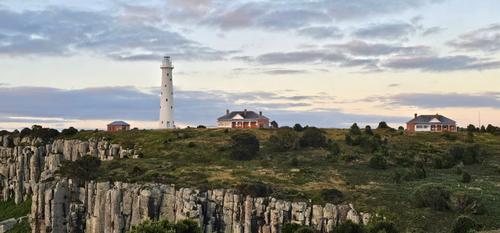
Tasman Island lightstation: from left, Oil Store, Tasman Island lighthouse, Lightkeepers' Quarters No 3, 2 and, in the distance, Quarters No 1, Photo Fab Fotographs.
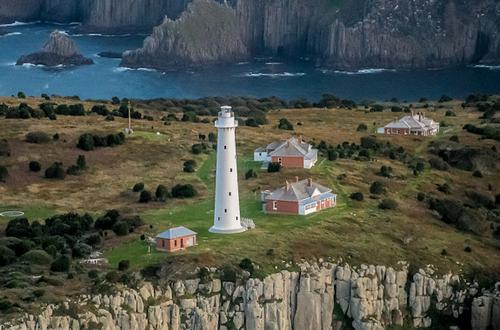
Q2 Sunroom under construction, 2017
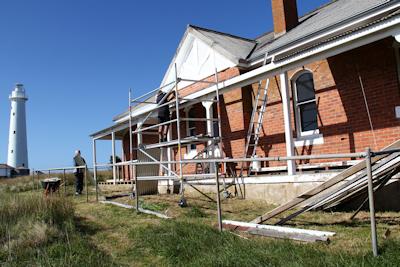
Installing windows to the restored sunroom in Lightkeeper's Quarters No 2, 2018
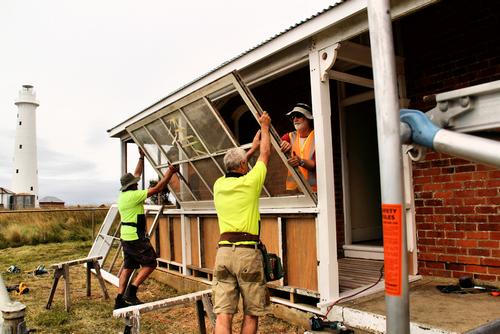
FoTI volunteers working to restore the back verandah of Lightkeeper's Quarters No 2 in 2023
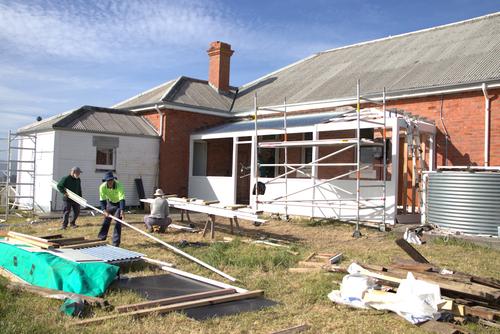
FoTI volunteers restored the front verandah of Lightkeeper's Quarters No 3 in 2019
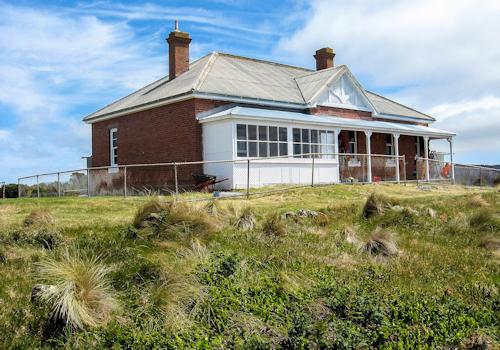
Tasman Island lighthouse shines out, powered by solar panels; when FoTI volunteers are in residence, Lightkeeper's Quarters No 3 is powered by generator
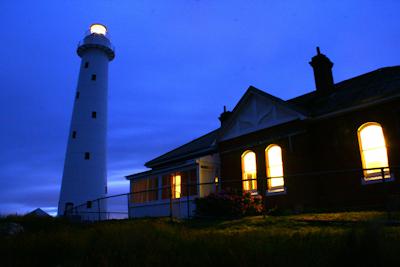
Blowin' in the wind - volunteers restoring sunroom at Lightkeeper's Quarters No 2, 2017 (Photo Erika Shankley)
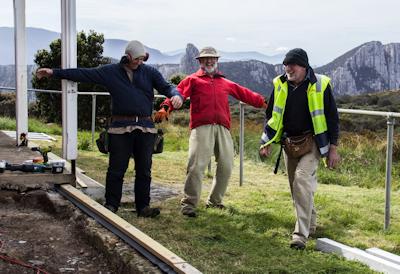
Banksia marginata is a common shrub on Tasman Island
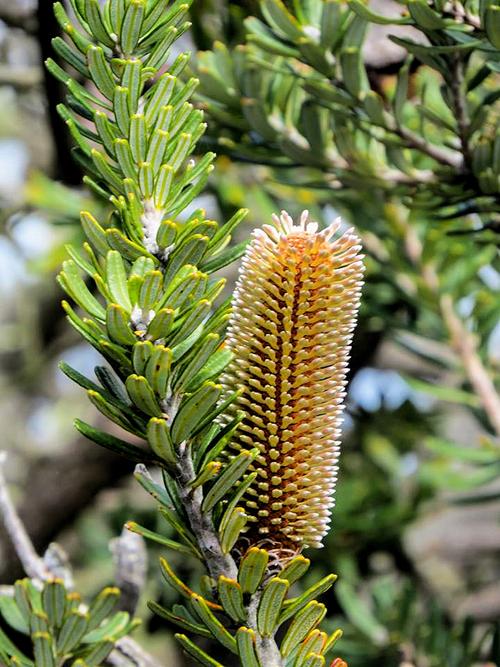
Weather on Tasman is wild and tempestuous, but this spectacular view of a rainbow over Lighthkeeper's Quarters No 1 had a calming effect.
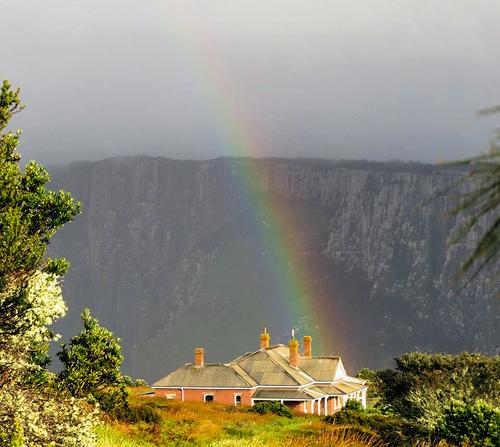
There are no snakes on Tasman Island. Five different species of skinks are frequently seen.
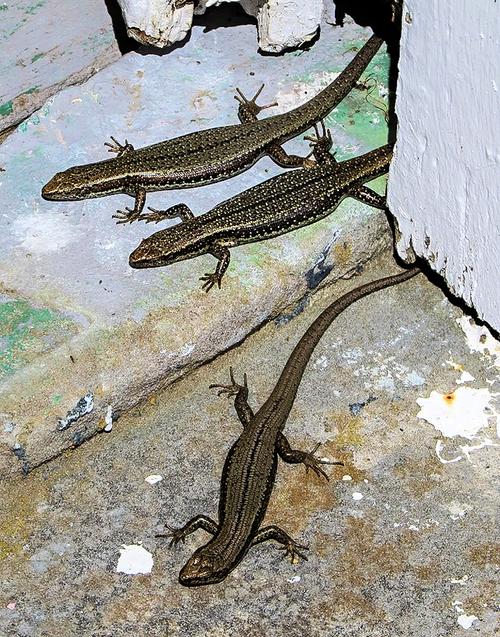
Some FoTI volunteers are tradespeople with the skills to manufacture spare parts on site.
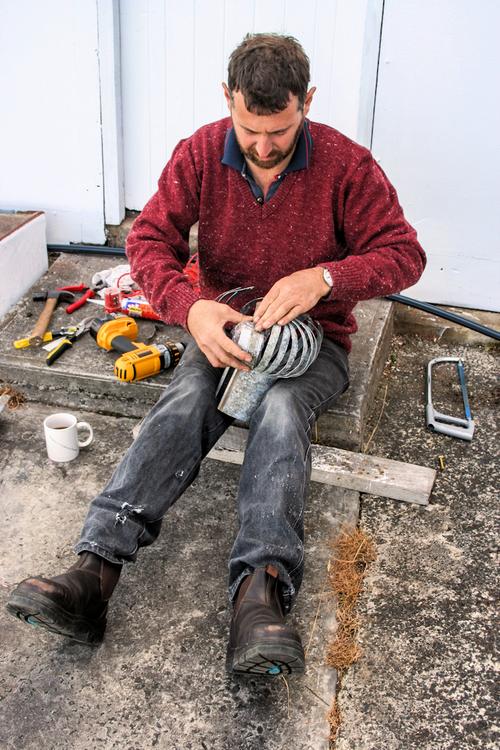
Tasman Island is separated by the narrow Tasman Passage, less than 500 metres wide, from the bulk of Cape Pillar & the Blade - the highest sea cliffs in Australia.
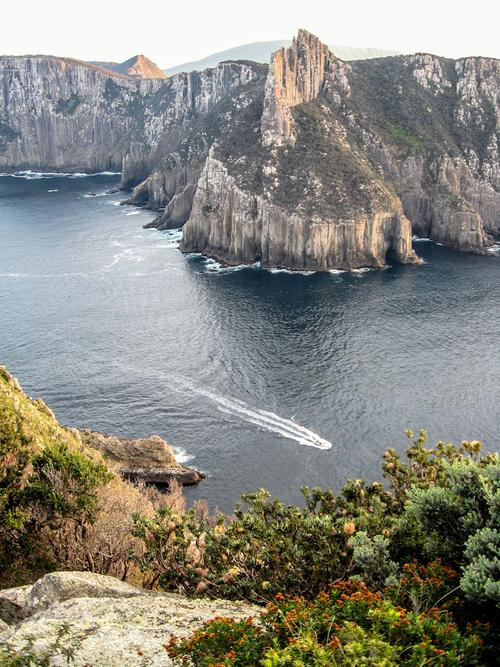
Allocasuarina crassa (Cape Pillar Sheoak) is endemic to the area
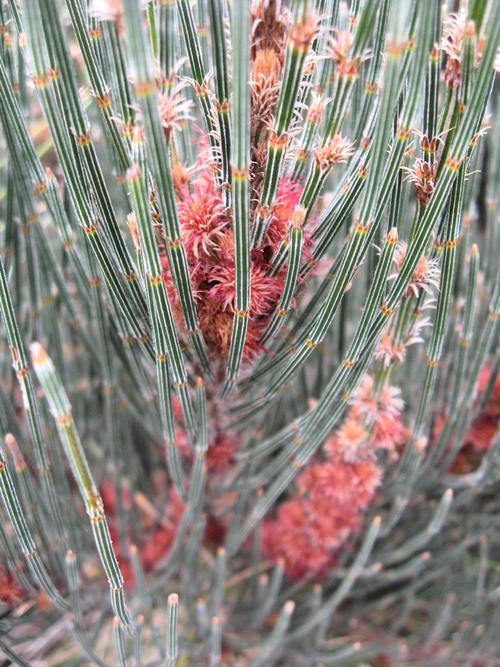
Jurassic dolerite columns predominate on Tasman Island
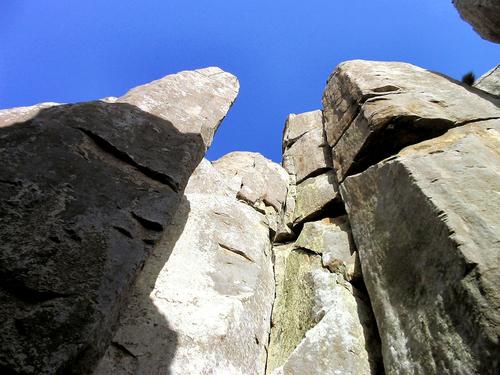
At the time this photo was taken, FoTI volunteers & visitors were isolated on Tasman Island due to fog which forms over the island & Cape Pillar during north-easterly weather.
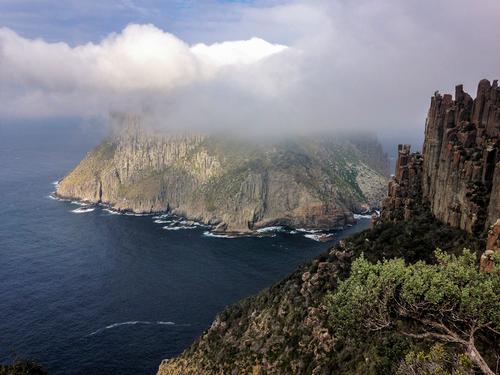

Sooty oyster catcher on rocks below the cliffs of Tasman Island
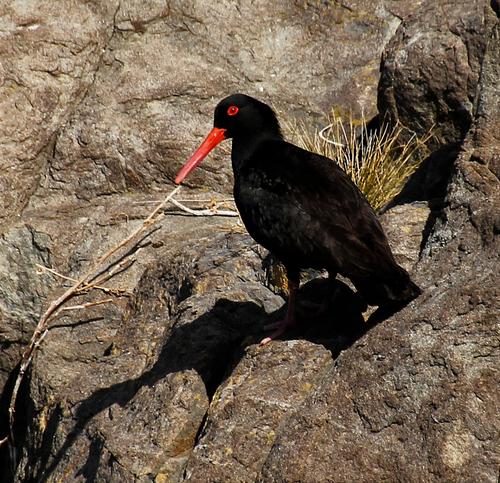
Twining vine with Pink, purple or white berries
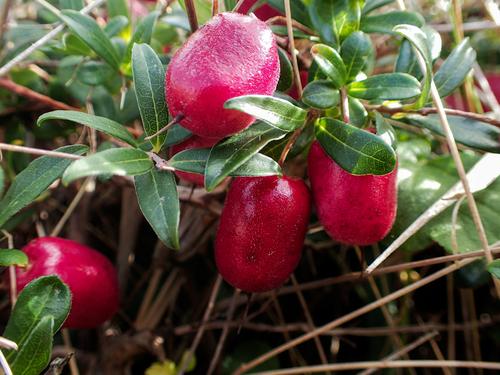
Skinks are frequently seen in warm weather
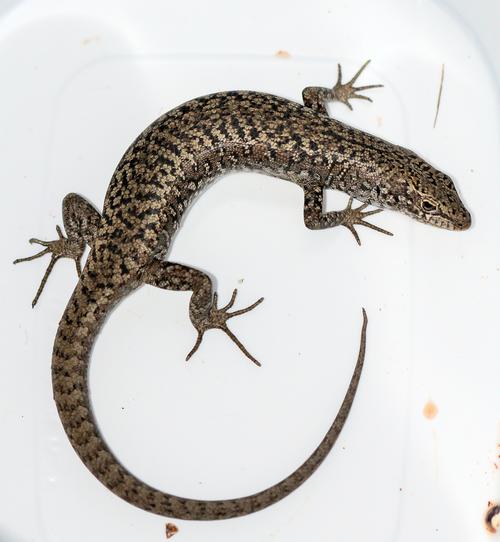

Major working bees during 2017, 2018 & 2019 restored the front verandah & sunroom of both Quarters No 3 & 2.
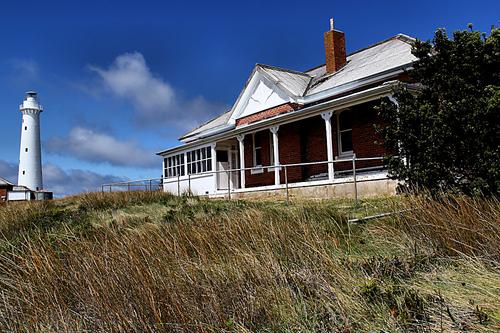
Writing reports is an important part of a FoTI volunteer's work on Tasman Island.
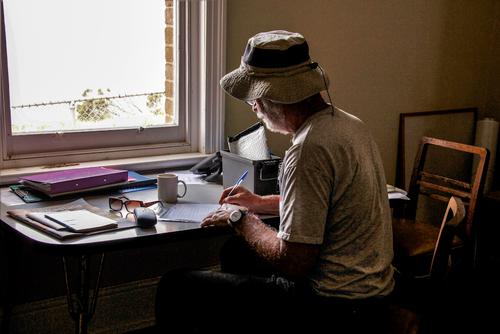
Jack-of-all-trades, plumber Ron, lays floor boards
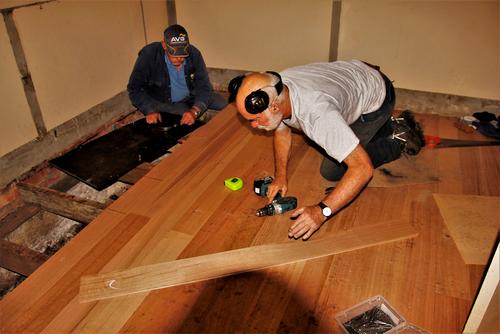
Looking over Tasman Passage towards Cape Pillar & The Blade
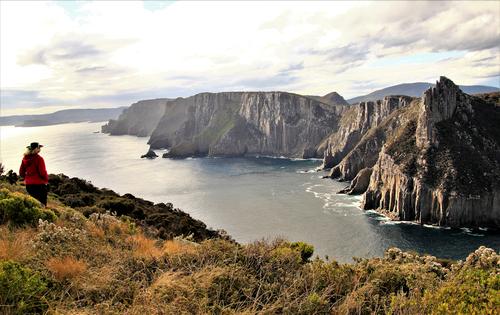
Heritage Builder, David Davenport (Paradigm Constructions) replaces floor in the front room of Lightkeeper's Quarters No 2
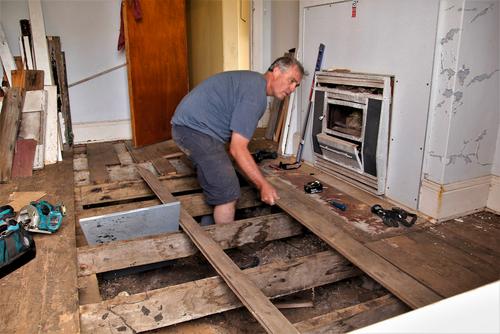
Keeping the tracks open & creating fire breaks are an important part for volunteers at each working bee on Tasman Island
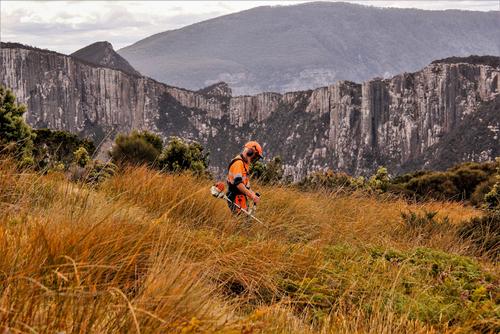
A cook/chef/housekeeper is a major part of each working bee on Tasman Island
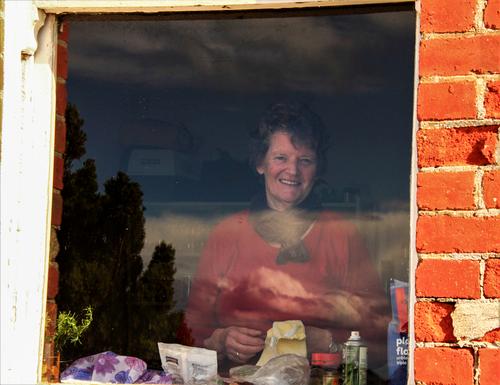
Time & the elements have played havoc with the brickwork on all three keepers' quarters.
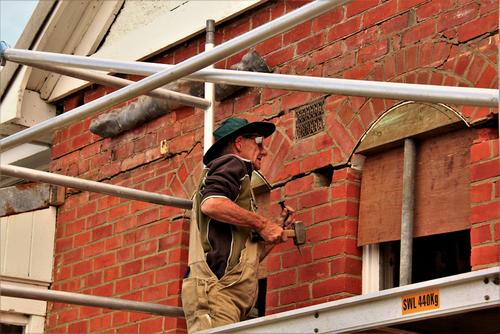
Silvereye (Zosterops lateralis) are frequently seen on Tasman Island
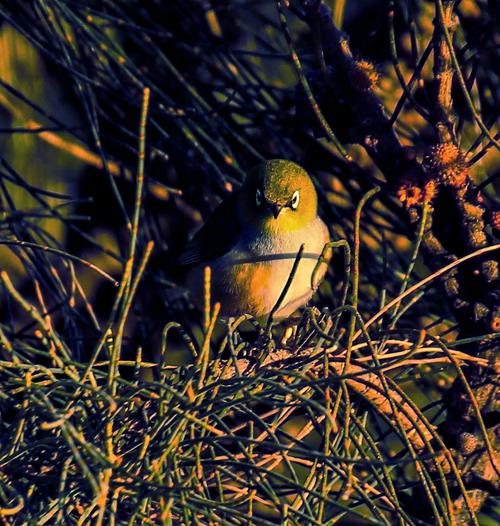
Forest Raven (Corvus tasmanicus) One former light keeper remarked that land birds had increased since the light station was automated.
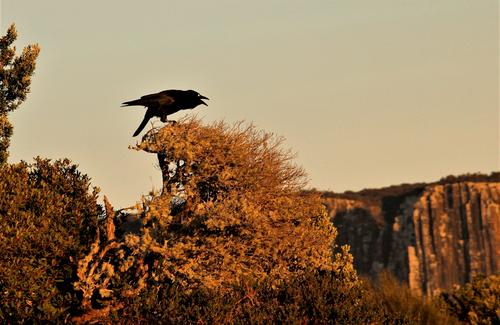
Tasman Passage, less than 500 metres wide, separates Tasman Island from Cape Pillar & the Tasman Peninsular
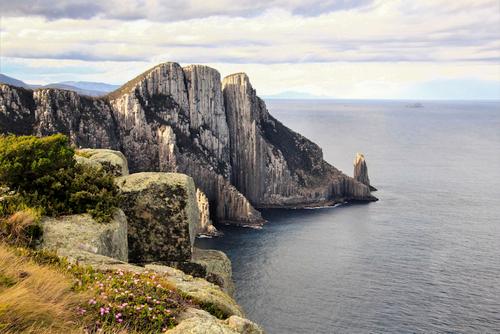
Flocks of yellow-tailed black cockatoos fly over to the island from Cape Pillar each day to feast on the banksia cones
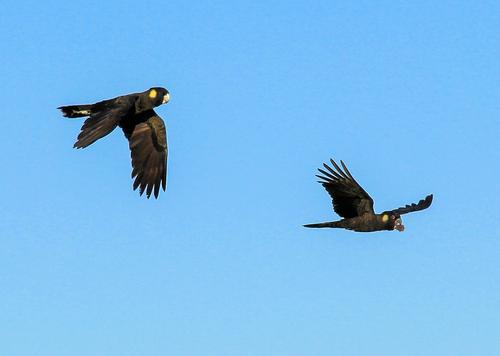
Tasman Island from the air
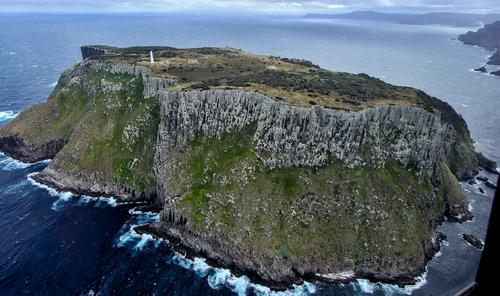
Shy Albatross (Thalassarche cauta) soars over the Tasman Passage
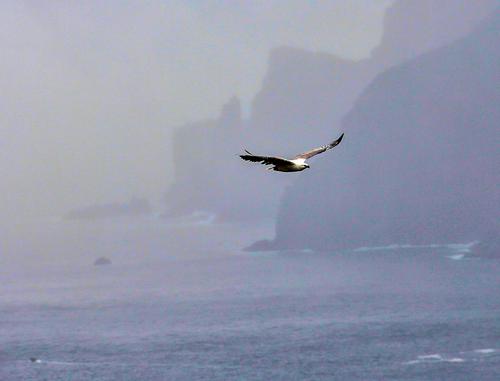
The shrub, Pittosporum bicolour is quite prolific on Tasman Island.
The ripe berries split open to reveal a raspberry-like fruit, loved by seed-eating birs
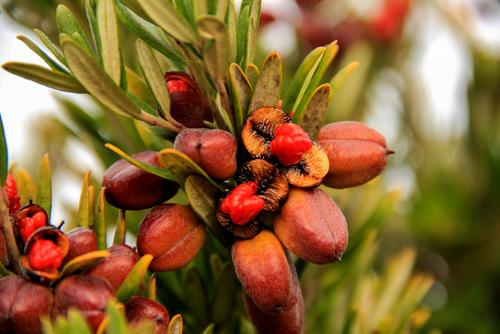
Tracks across the island are kept clear using a mower & brushcutter, with all grass raked up. Firebreaks & the area around the helipad & weather station are also kept clear.
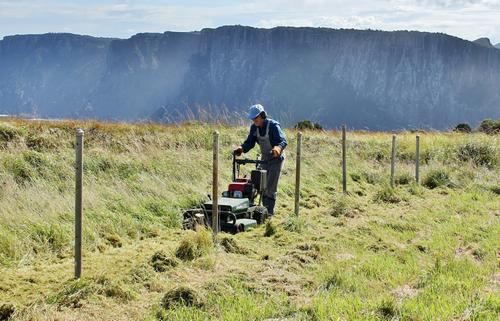
Flora of Tasman Island: Cyathodes juniperina (Pink berry) is present in shades of pink, red & white
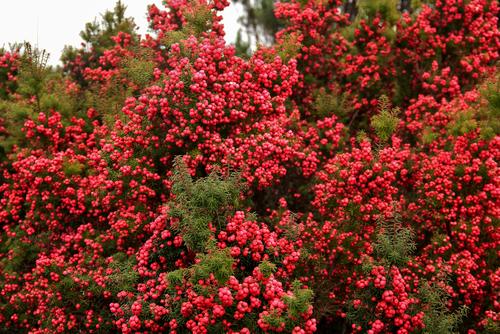
Fly feeding on nectar of Californian thistle (possibly Tachinid fly)
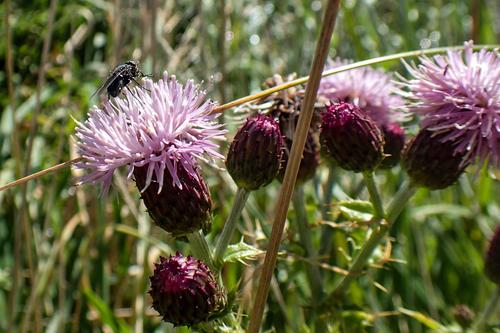
There is a network of tracks across Tasman Island for access to the lighthouse, Keepers' quarters, Oil Store & the Haulage & Landing.
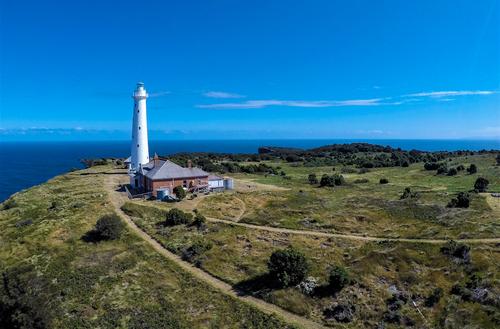
Supplies are packed in fish bags for delivery to Tasman Island
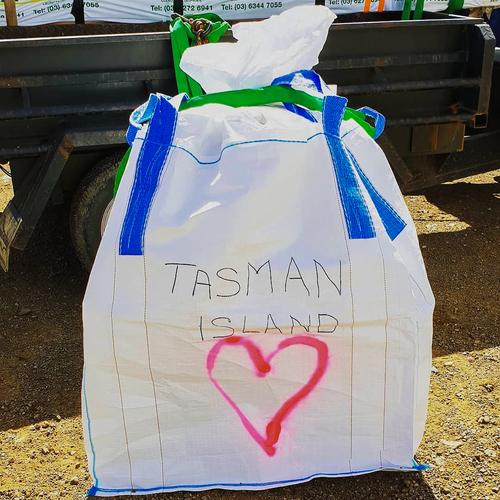
The brick keepers' quarters, abandoned since 1977, were subject to the severe weather at Tasman Island. FoTI volunteers have progressively restored the three brick houses & the oil store since their first working bee in 2006.
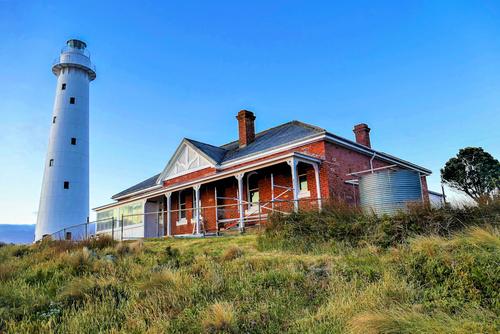
Quarters No 2 & 3 are built to the same design with bricks from R. Duff of Hobart in 1905.
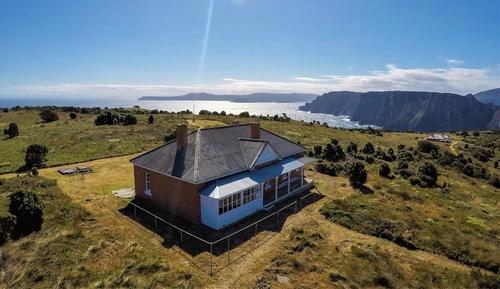
The casuarinas in the foreground are making a come-back on Tasman Island
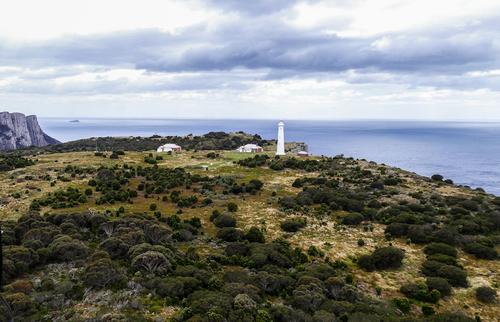
The Three Capes track gives a spectacular view over the Tasman Passage to Tasman Island.
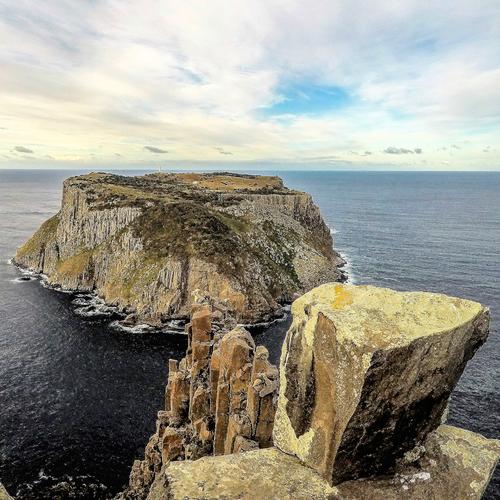
Lightkeepers' Quarters No 2 & 3 both had the verandah & sunroom restored by FoTI volunteers between 2017 - 2019.
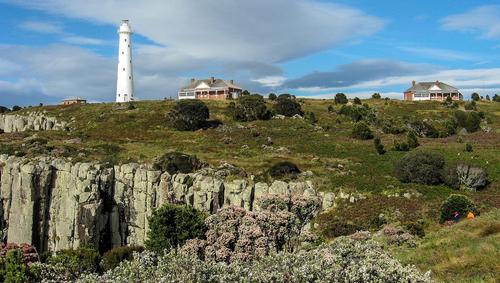
Volunteers rake mown grass off the main track across Tasman Island
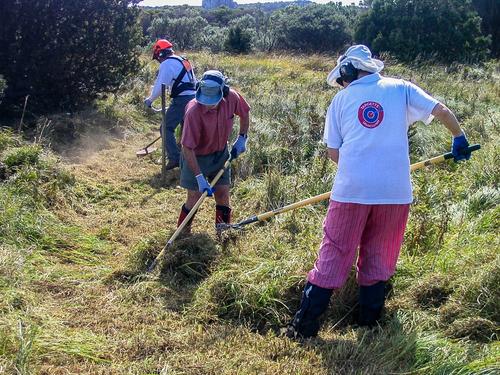
© 2025 Wildcare Tasmania Incorporated. All rights reserved. Web Design by Ionata Digital